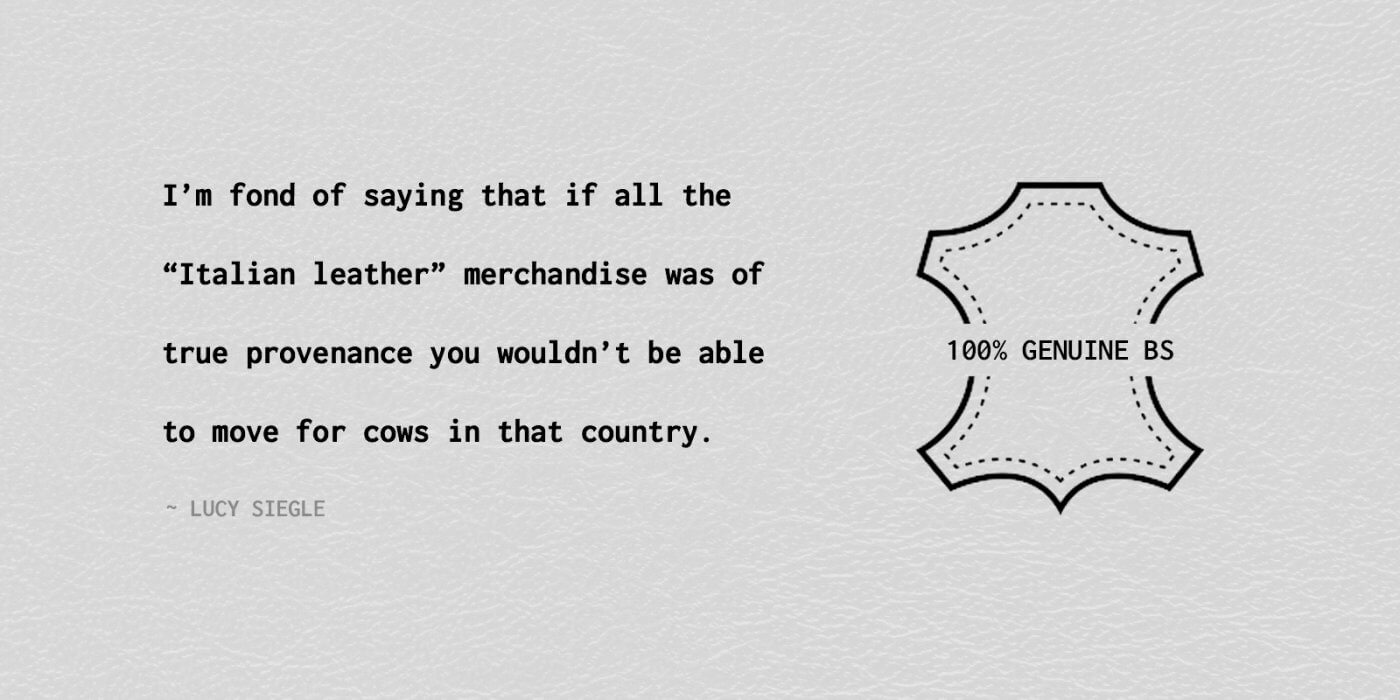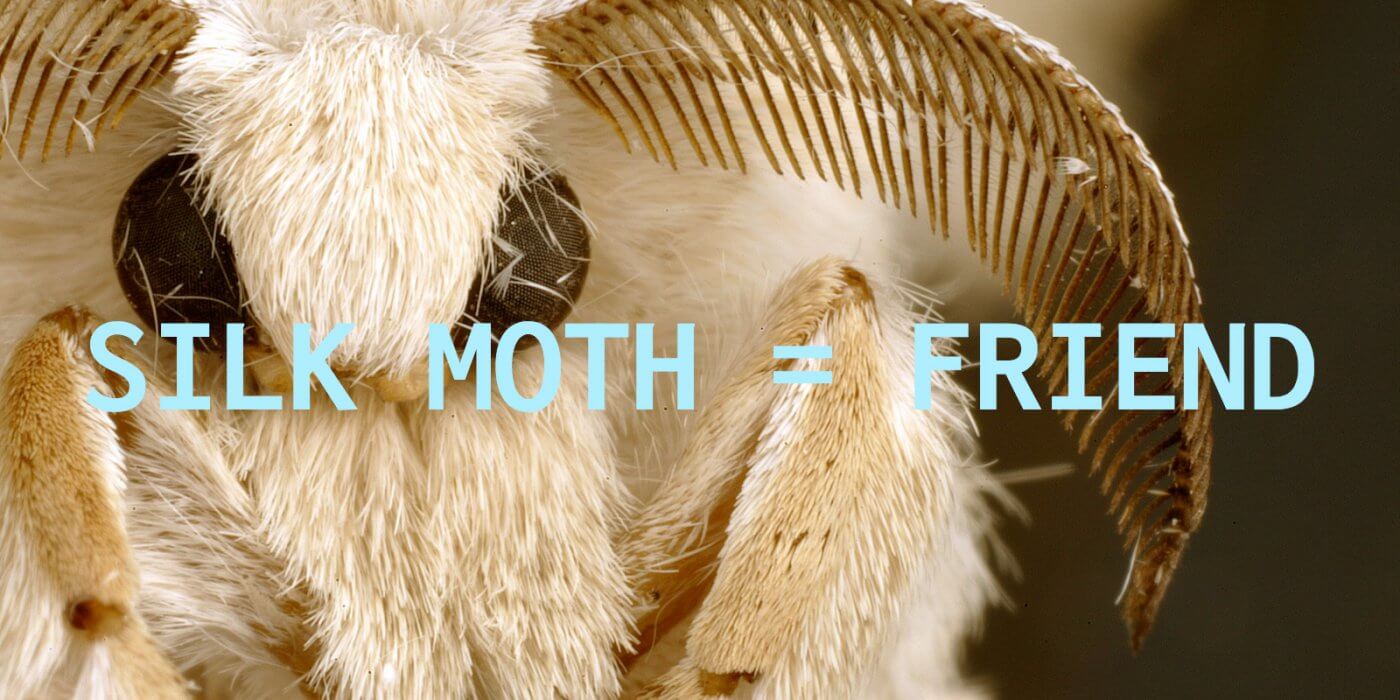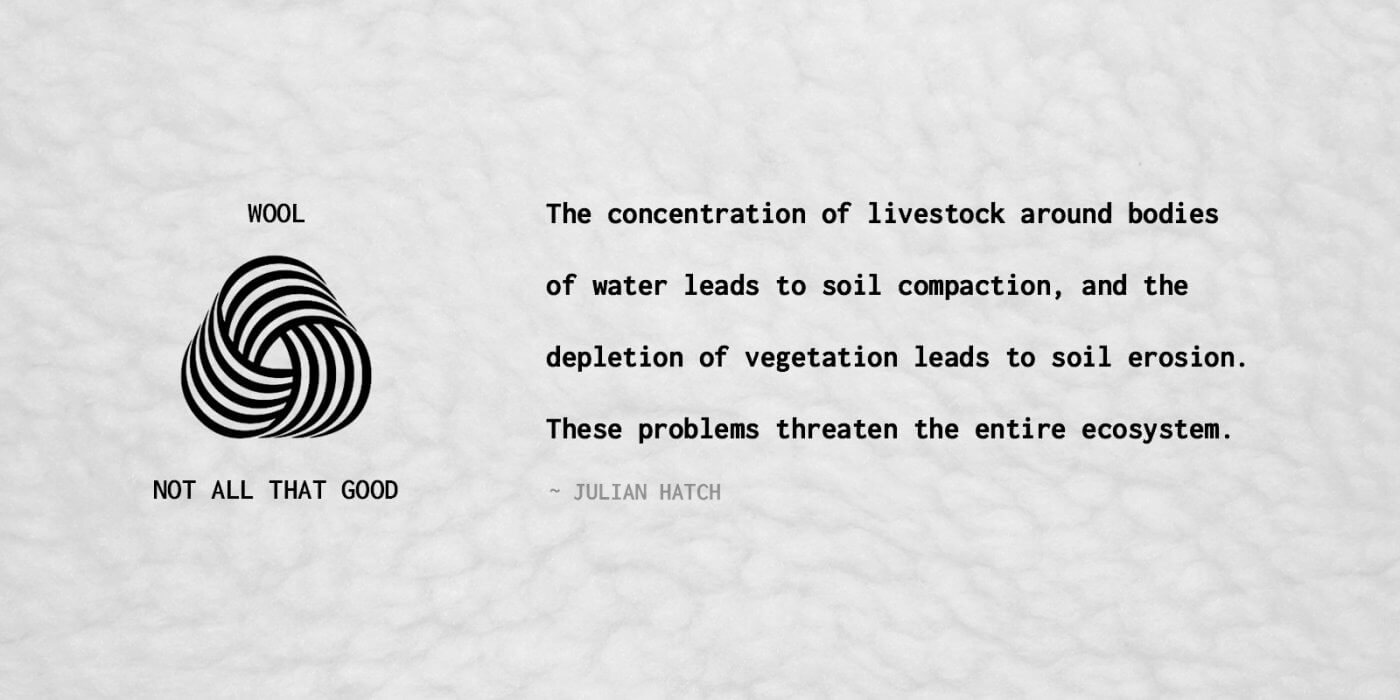Why we don't dig animal bits.
One of our three ‘must haves’ when we’re choosing clothing for the site is that garments don’t use or contain any animal bits. But wait! Aren’t leather, wool and silk completely natural fibres, totally biodegradable and lovely for the planet? So what’s the problem? Good question. Let’s talk about it.
Leather: beyond Neo and knee-highs
When we think about leather, we often think biker jackets, beautifully made shoes, expensive handbags and Neo’s floor length Matrix jacket floating in bullet-time. (Just me on that last one?) Leather is synonymous with quality, heritage crafted goods, authenticity – we’re almost sentimental about it. But the reality of creating leather for the fashion industry is more complex.
We’re well aware that the current appetite for meat and dairy is unsustainable. But in Greenpeace’s Slaughtering the Amazon, the connection is made between Brazilian leather and deforestation of the rainforest. It reveals how much of this leather ends up in mainstream supply chains, right on the high street. Cow skins travel all over the world – bought and traded in Brazil, Ethiopia, Vietnam and India – and processed in various ways (including masses of unregulated, chemical tanning) across the globe, before being made into the luxury items we find in shops.

Lucy Siegle in ‘Is it time to give up leather’, The Guardian.
Because it’s difficult – not impossible, but difficult – to trace the source of leather, often you can’t be sure how the animals it came from were treated, if the production process was fair to the people handling the skins or if the tanning and treatments were safe for the environment.
“Simply put, there is no such thing as humane leather. No matter where it comes from, leather is the product of a cruel industry. And with so many synthetic materials available today, there’s no need to wear leather at all.”
– Jason Baker, PETA
So instead of risking paying for harm towards animals, humans and the planet, we choose to stock leather alternatives. (And forget naff plastic rubbish. We’ve found some really, really decent alternatives.) Try out Matt & Nat for accessories and Beyond Skin for shoes.
But silk doesn’t come from an animal, it’s just a bi-product..?
Like leather, silk has long been a sartorial stamp of luxury. From high end dresses to swanky suit linings to luxe bedding. Silk is good for the skin, soft as hell, breathable, hypoallergenic. It’s amazing stuff, all from tiny cocoons made of worm spit. (No really, it’s worm spit.) And since it’s not actually part of the insect, what’s the problem?

A silk moth: mad cute.
The issue is harvesting. Silk worms, once they have transformed into moths, chew their way out of their lovely (and presumably delicious) silky cocoon – thus destroying its potential for becoming a nice bag lining. So instead, farmers either roast, boil or skewer the cocoons to kill the worm inside and unwind the cocoon for thread. It’s not that we’re moth-crazy over here, we just don’t think it’s necessary to kill something to make clothes (but let’s not forget they’re as cute as a tiny hug). Instead, we select luxuriously soft and drapey items made from glorious Tencel (seriously, have you felt it?) or slinky bamboo silk.
Ok, but wool? Don’t sheep need shearing?
This question is not uncommon when we talk about the wonder-fabric: wool. It’s true. Many of today’s industrially farmed sheep need shearing because they have been bred specifically to be unnaturally woolly. In the wild, sheep grow just enough fleece to keep them snuggy through winter, and then naturally shed it when it gets warmer. Domesticated sheep like the very popular Merino breed has wrinkly skin that grows lots of hair that it does not naturally shed, which means if it’s left alone, can lead to death from overheating. So yes. Those sheep need shearing. But isn’t the real question: do we need those sheep?
There’s no denying that wool is one of the most wonderful fibres in the world. It’s warm yet breathable, anti-bacterial, biodegradable, soft, stretchy… the list goes on. It’s amazing. But it also comes from live animals. It’s nothing new – when animals are used for commodities such as their meat or skin, mostly their lives are ended prematurely, and they’re bred for that thing specifically. It can be a crummy life for a Merino sheep (if you don’t believe it, Google ‘fleece rot’) and cut short when they stop producing high quantities of wool. But that’s not all. Raising any animal requires more land (land to grow feed, space to graze), and results in a greater negative environmental effect, than growing plants.

Julian Hatch on livestock grazing, ThoughtCo.
So instead of virgin wool, we choose bamboo, cotton and we may have some recycled wool coming to the store soon. Try Armed Angels for cotton knitwear.
We hope that answers a few of your questions about why we’re animal-free here at Must have*, but if you have any more burning questions about WTF we’re doing, you can fire them over to nosweat@musthave.clothing.
Bear hugs,
MH